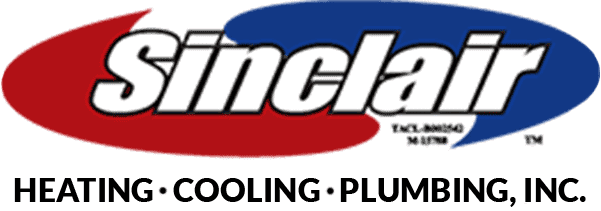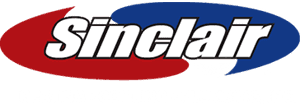I know I don’t have to tell you about how bad the outdoor air quality can get in Lubbock. Some days we get so much wind that it stirs up dust that make you not only on feel the wind, but see how completely brown it becomes. Just because you close your door or windows on those days to avoid the bad outdoor air from entering your home, don’t be fooled. Even though you can’t see or feel it, your indoor air quality can be just as bad.
Poor indoor air quality can contribute to developing medical conditions like asthma. It can also cause minor problems like nasal congestion, headaches and dry eyes. I’m not trying to scare you. It’s important to understand that you can have indoor air quality problems in your home and not know it. Poor indoor air quality occurs from some common air pollutants including:
- Radon
- Asbestos
- Tobacco smoke
- Biological pollutants (molds, pet dander, bacteria, pollen, etc.)
- Combustion pollutants (water heaters, furnaces, fuel burning stoves, etc.)
If you want more information on the five common indoor air quality problems, you can find out more here. Instead, I’m going to focus on another problem that can decrease the quality of your indoor air, the amount of ventilation in your home. If you have too little outdoor air entering your home, the common pollutants can accumulate to high levels. However, an improperly functioning HVAC system can also cause poor indoor air quality. Outside air tends to enter your home through mechanical ventilation, infiltration and natural ventilation.
Before I talk about mechanical ventilation, let’s look at the typical components of a HVAC system. You have:
- Heating and cooling coils
- Outdoor air intake
- Mixed-air plenum and outdoor air control
- De-humidification and/ or humidification equipment
- Water chiller
- Supply fan
- Ducts
- Return air system
- Terminal device
- Self-contained cooling or heating unit
- Boiler control
- Cooling towel
Problems can arise when your HVAC system’s air intake doesn’t bring in the proper amount of outside air. When this occurs, there’s not enough outside air to replace the air leaving your home. Air tends to leak from other places through cracks in walls, ceilings, floors or other openings. A low air exchange rate doesn’t just occur with the air intake, but any part of the system such as the air ducts, de-humidifiers/humidifiers and dampers.
For example, on those windy, dusty days pollutants enter can become trapped in the air filter. Over time (and lack of regular maintenance) the filter becomes too dirty to work properly which increases the poor air quality. The dust can enter your home and settle in. Anyone allergic to dust may start sneezing even when you’ve closed all the windows.
Remember: it doesn’t matter what type of HVAC system you have, regular maintenance can help improve air quality. For example, you should have the:
- HVAC checked at least once a year
- Air filtered changed or cleaned
- Air ducts cleaned
- Cooling and heating coils cleaned to prevent condensation
Sometimes, when you’re searching on line about air quality, you won’t find very much on inadequate ventilation. That’s why I wanted to focus on it. There are many causes of poor indoor air quality such as indoor pollution. Indoor air quality can deceive you because it doesn’t look as bad as the outdoor air sometimes can. However, don’t be fooled. You must reduce indoor pollution and maintain proper ventilation to maintain a healthy indoor air quality level regardless of what Lubbock weather throws at us.

